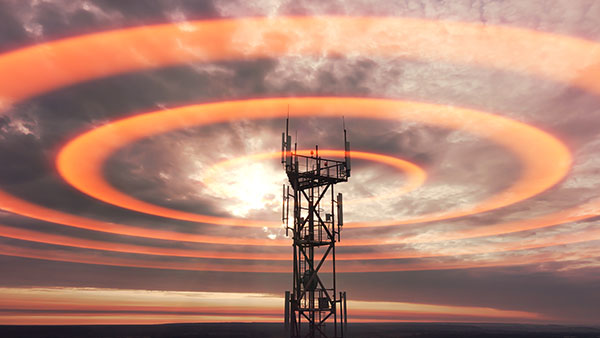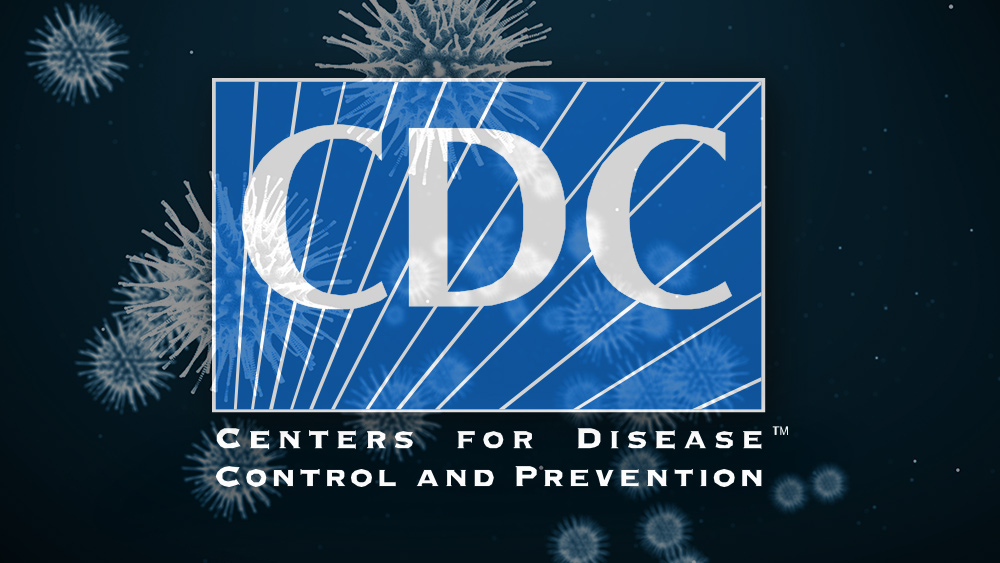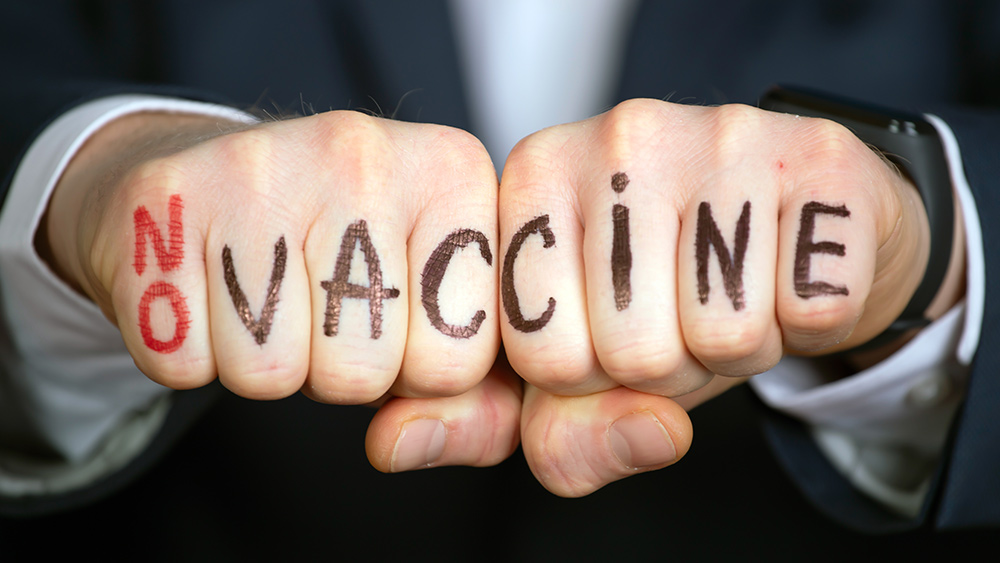 Parler
Parler Gab
Gab
- The 9th Circuit Court upheld a lower court’s dismissal of Henry Allen’s lawsuit, which argued that wireless companies violated the ADA by failing to accommodate his electromagnetic sensitivity (EMS). The court ruled cell towers are not "places of public accommodation" under the ADA, leaving victims without legal recourse.
- Section 704 of the 1996 Telecommunications Act prevents local governments from rejecting cell towers based on health risks, forcing communities to accept harmful installations. Advocates argue this strips public health protections.
- Studies link prolonged RF exposure to brain tumors, heart arrhythmias and neurological damage, with children at higher risk due to developing bodies. International courts (e.g., Italy) have recognized such harm, but U.S. regulators rely on outdated safety standards.
- Up to 35% of people report electrohypersensitivity (EHS) symptoms from RF radiation. Despite peer-reviewed research, telecom companies avoid liability, while industry-funded studies downplay risks.
- Campaigns like #704NoMore aim to repeal restrictive laws and restore local control over tower placements. Advocates warn of an escalating public health crisis and demand updated regulations prioritizing safety over corporate interests.
The case against Verizon and the ADA loophole
Allen’s suit, supported by Children’s Health Defense (CHD), argued that Verizon’s cell tower next to his Idaho home violated ADA protections by refusing accommodations to mitigate RF radiation. Despite medical evidence linking the tower to his atrial fibrillation, sleep disruption and cognitive impairment, the courts ruled telecommunications networks are not “places of public accommodation” under the ADA. “This ruling leaves victims of radiation injury in the lurch,” said W. Scott McCollough, CHD’s lead litigator. “Wireless companies must stop evading responsibility for harm to their customers.” While Verizon stores may be required to install wheelchair ramps, courts concluded the company isn’t liable for life-threatening radiation from its towers. Meanwhile, CHD filed a parallel appeal for Minnesota resident Marcia Haller, who claims a nearby cell tower caused over 50 strokes and neurological damage. Both cases challenge the court’s narrow interpretation of the ADA, urging broader definitions of “public accommodations” to include wireless infrastructure.Decades of litigation and scientific consensus on RF risks
Allen’s case is part of a decades-long legal battle over wireless radiation’s health impacts. In 2012, Italy’s highest court recognized brain tumors caused by mobile phones as a work-related injury. Similarly, a 2019 Italian court ruled for a worker who developed a nerve tumor linked to cordless telephone use. These rulings contrast with U.S. courts’ hesitancy to hold telecom firms accountable. The science is mounting. Dr. Christopher Portier, former CDC director, authored a 176-page report concluding RF radiation “probably causes gliomas and neuromas”—brain tumors—with a high degree of scientific confidence. Studies cited in Allen’s case linked prolonged exposure to arrhythmias, diabetes-like symptoms and altered DNA, while the European Union has warned of potential “asbestos-like” crises. Yet, U.S. regulators, including the Federal Communications Commission (FCC), rely on outdated 1980s safety standards based on brief studies involving only monkeys and rats. A 2020 lawsuit forced the FCC to update guidelines after courts ruled its policies arbitrary and “failures” regarding children and long-term exposure.Health risks and the electromagnetic pollution crisis
The human body, often described as an organic “electronic network,” generates electromagnetic fields (EMFs) essential for cell communication. External RF radiation from phones, Wi-Fi and towers can disrupt this balance, studies suggest. For 4% to 35% of the population, such exposure triggers conditions like electrohypersensitivity (EHS), causing migraines, heart irregularities and insomnia. Children are disproportionately at risk: their thinner skulls and developing cells make them five times more susceptible to tumor development. Brain cancer now surpasses leukemia as the leading cause of childhood cancer deaths, with U.S. pediatric rates rising 21% in ten years. Despite these trends, industry-funded studies often downplay risks, while peer-reviewed research identifies links to miscarriages, cognitive decline and neurological disorders.Corporate preemption laws and the fight for local control
Central to the legal impasse is Section 704, which bars local governments from denying cell tower permits based on health or environmental concerns. CHD’s “704 No More” campaign seeks to overturn this provision, arguing that communities deserve the right to protect residents. “The courts have given telecom companies a ‘free pass’ to poison people,” Allen said. “We’re fighting to reclaim our power to say ‘no’ to harmful installations.” Miriam Eckenfels of CHD noted that without regulatory reforms, EMF pollution—a “largest uncontrolled health experiment”—will only worsen. “The costs of inaction are astronomical,” she warned.A call for accountability and regulatory revolution
As courts shield telecom giants from liability, victims like Allen and Haller face a sobering reality: the U.S. legal system fails to recognize EMF-induced disabilities. Yet these cases, despite their setbacks, build momentum for change. The scientific consensus urging immediate action on RF exposure—coupled with global precedents recognizing causal links between towers and tumors—suggests policy shifts are inevitable. Until then, the #704NoMore movement and grassroots efforts to enact local wireless ordinances remain critical. As Dr. Mosgoeller of the University of Vienna observed, “We cannot wait for tumors to declare this a crisis. Prevention must come now.” This ruling marks not an end, but a turning point—a wake-up call to wrest control of wireless safety standards from corporate influence and prioritize human health over industry profit. Sources for this article include: ChildrensHealthDefense.org EHTrust.org IAFF.orgBiden administration targeted mask and vaccine opponents as “terrorists,” new docs reveal
By Willow Tohi // Share
Crystals Mimic Electronics: Microscopy Reveals Shocking Xylitol Biomimicry of Circuit Structures
By Finn Heartley // Share
CDC pushes emergence of China-linked COVID-19 variant in U.S. amid global surge
By Willow Tohi // Share
North Carolina Supreme Court rules federal vaccine immunity doesn’t trump parental rights
By Willow Tohi // Share
Governments continue to obscure COVID-19 vaccine data amid rising concerns over excess deaths
By patricklewis // Share
Tech giant Microsoft backs EXTINCTION with its support of carbon capture programs
By ramontomeydw // Share
Germany to resume arms exports to Israel despite repeated ceasefire violations
By isabelle // Share










